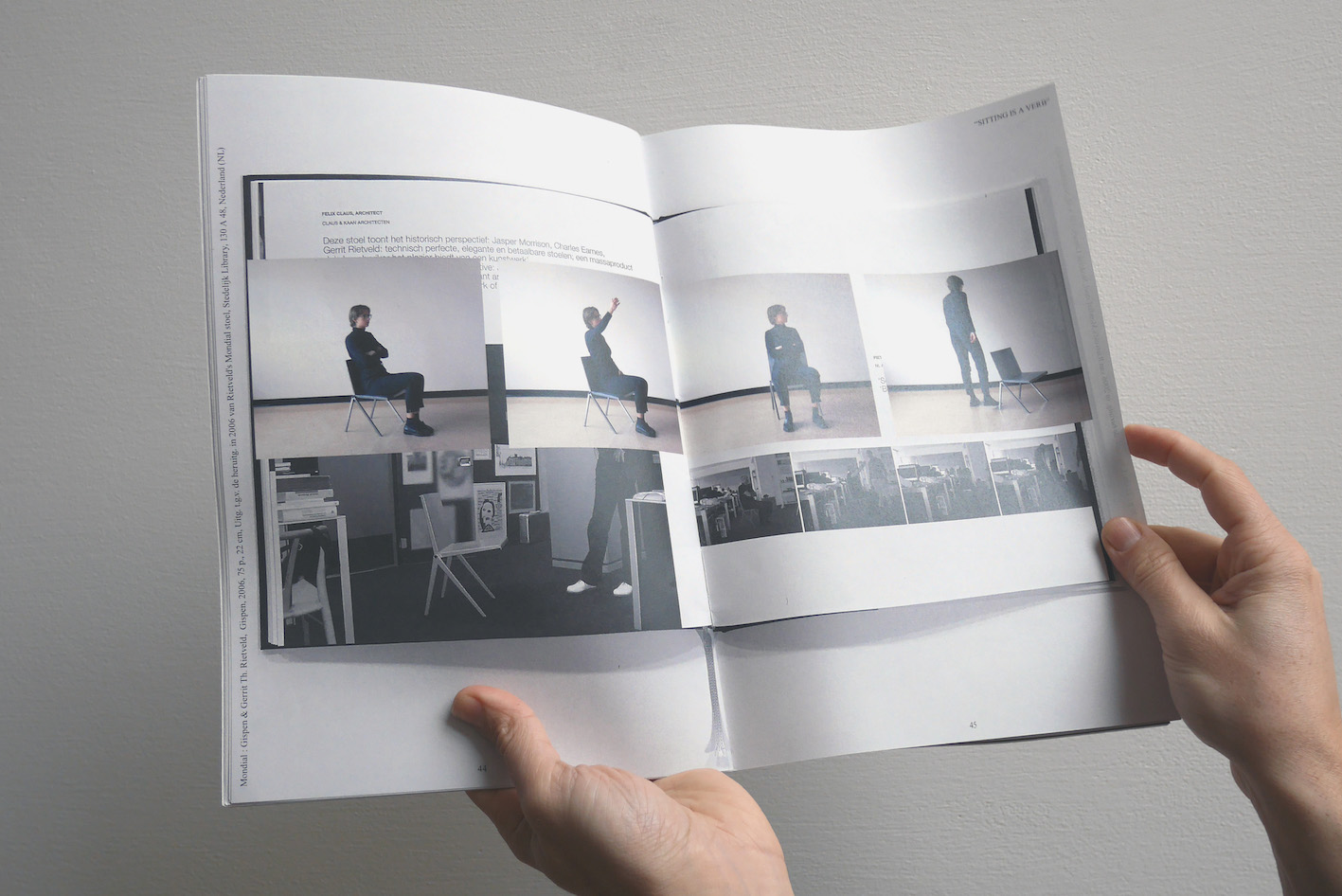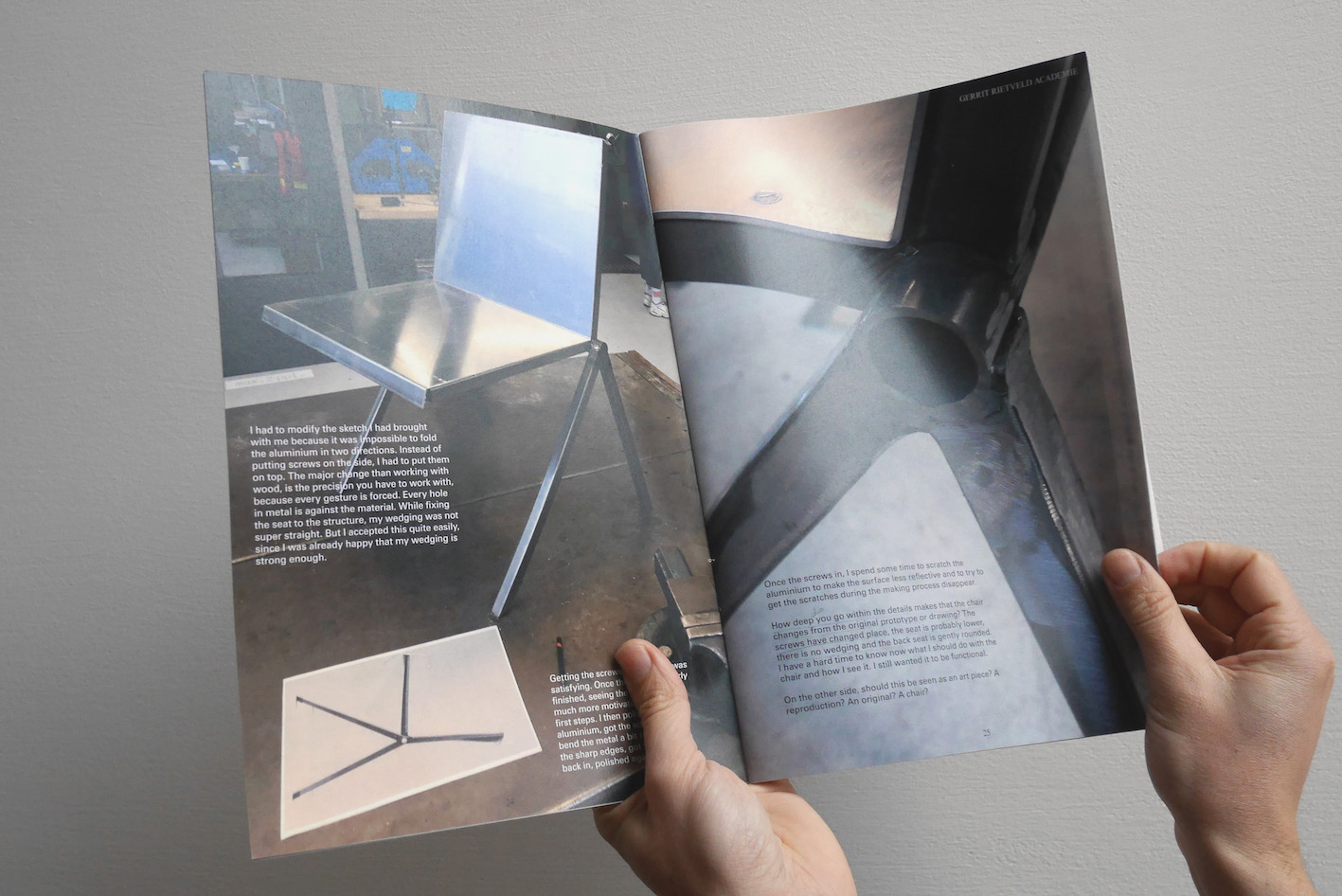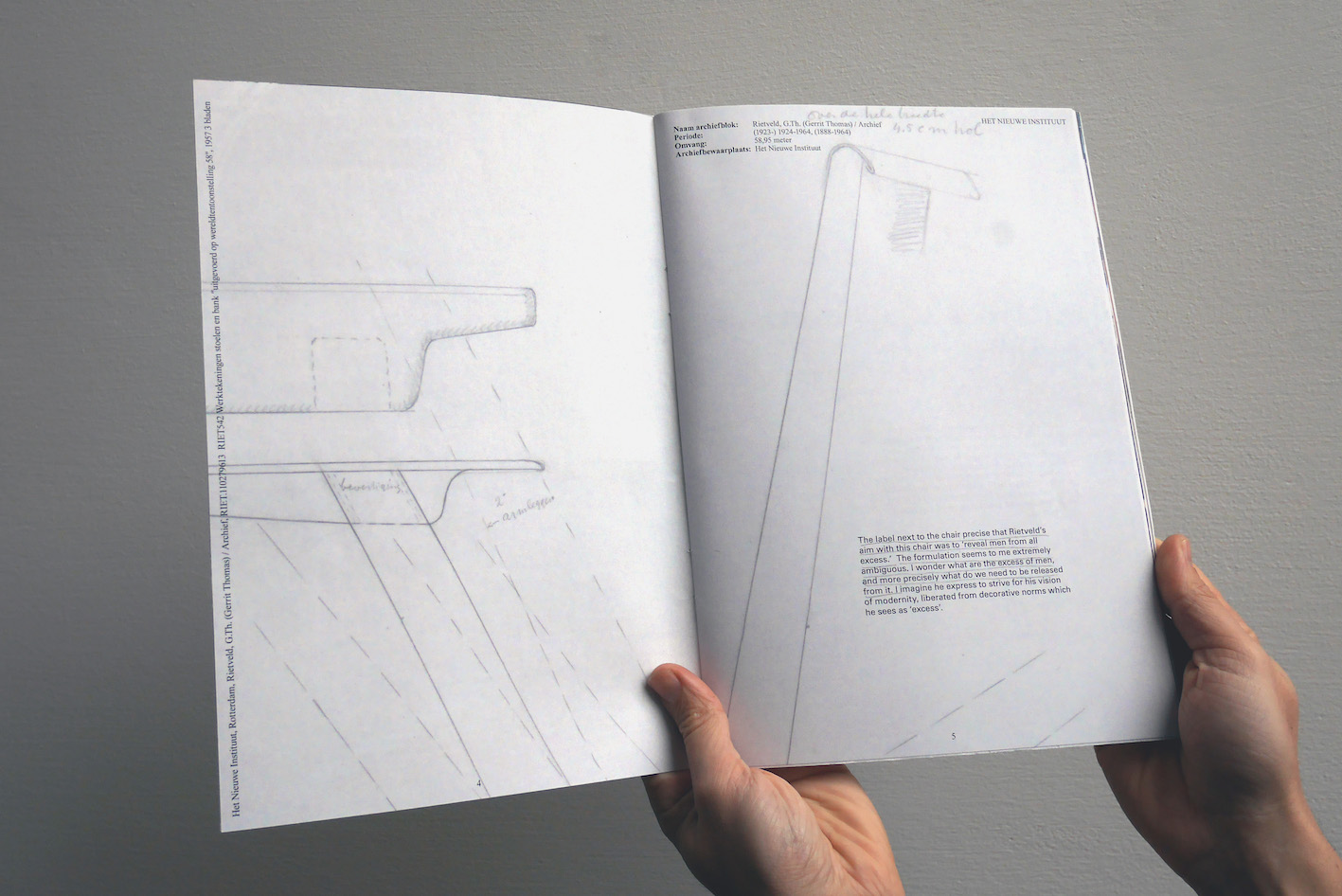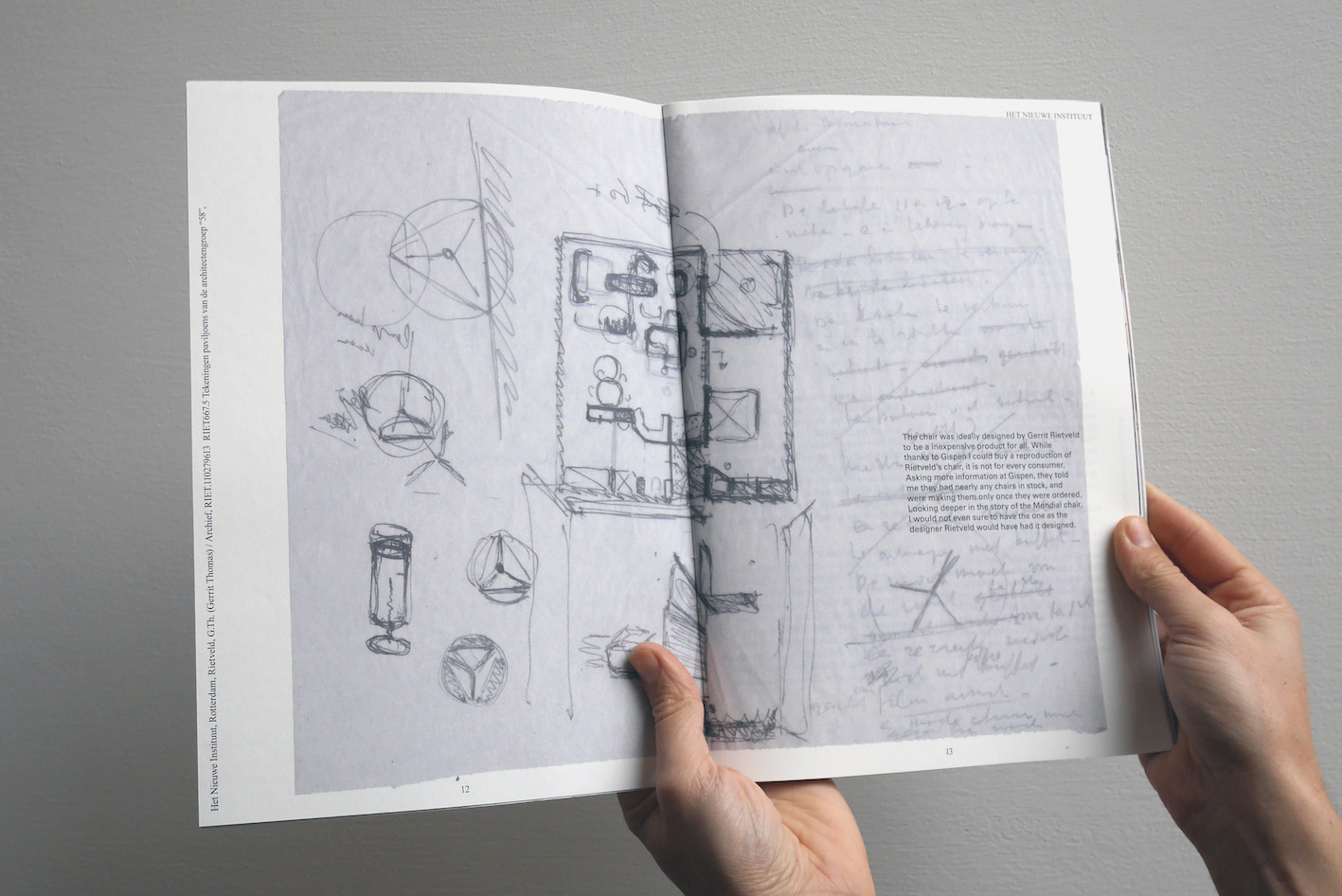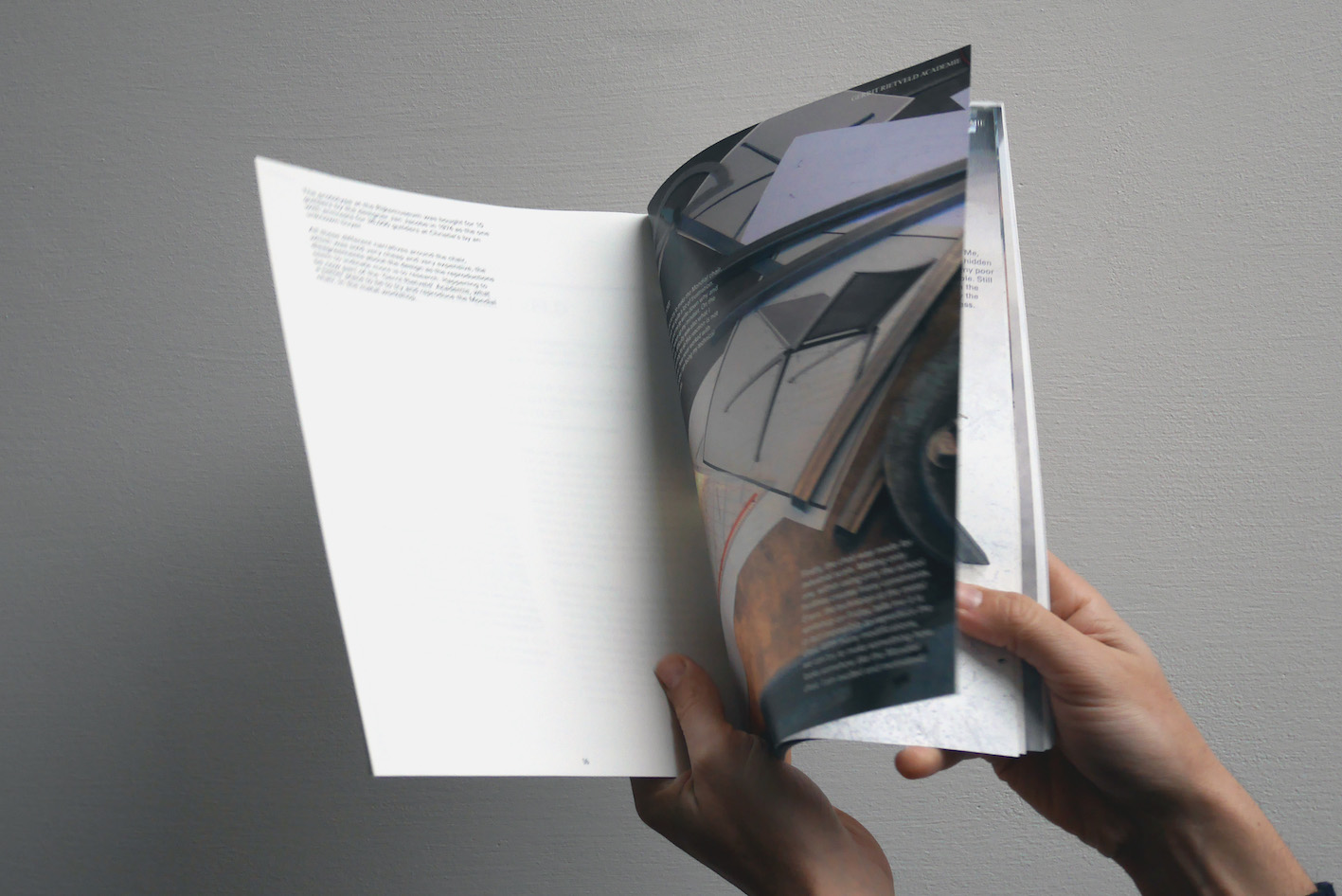Personal and Intimate Annihilation Services (P.I.A. services), was founded in the heart of the bankrupted Slotervaart M.C. Ziekenhuis,
a temporary location for the F for Fact departement during the year 2020 - 2021. In the core of its actions, different objects have
been or were in temporary state of destruction.
I arrive at nine sharp. Days are always too short in the archives, so you have to do the best out of it. I have the same feeling of when going on a discovery trip. A trip through time. I try to not forget that this is a kindof illusion but I enjoy falling in the trap every time. You never really know what will slip in your fingers today. My eyes are still a bit sleepy but I am very excited.
An archivist asks me my name to give me my reservations. He then sends me to the table where the documents I ordered online for this day are ready for me. Some are missing, because they are unavailable, with no other explications.
I took my camera with me and a notebook.
No food or drink is allowed to avoid any disaster of destroying a preciously kept document. I wonder what is worth one document alone: Certainly not much. It is only once part of the archive, as a whole, that it begins to gain (symbolic?) value.
A pile of light blue boxes is waiting for me. I can’t wait to open them and but I first look at their inscriptions.
The first boxes are the administrative ones: Letters exchanges, confirmation of the location of the World fair, of the participation of the Netherlands to the fair. The next box contains the different persons invited to take part with the Dutch pavilion to represent Dutch knowledge and technology advances. The Philips company will have its own pavilion.
A water installation will present the system put in placein the Netherlands to control the rise of water and how artificial dikes work. Different Dutch companies have taken part to the construction of the show.
There is also a box only on the construction of the pavilion itself. The pavilion had the form of a boat. Different architects have been asked to participate. Rietveld will design a part of the furniture, with the Mondial chair in the kitchen. Another box has a few architects plans of pavilion, but the paper is very fragile and bits have been torn.
The next boxes are very interesting. The official catalogues of the exhibition in different languages presenting the different pavilions around the Heysel park in Brussels. Today, the Atomium, which originally was meant to be deconstructed is still at there and is the main attraction in the area, with the exhibitions taking place in the huge halls in
the surroundings. There is also an attraction park, mini- Europe, reproducing different monuments in Europe on a small
scale. Quite far of the city center, tourists are the main people going to see the famous Belgian monument. It has been restored in 2006, replacing the aluminium plates with inox plates. The money for the restoration came partly from people buying a part of Expo ‘58’ by purchasing a aluminium plate
of the Atomium for 1000 euros.
This was a big success. In an interview of the buyers, they often recall to magical feeling of the event and childhood memories. I wonder what people did with their pieces of Atomium. Exposing as decoration in their houses, kept in the attic, changed to another object such as lamp?
Between the pages, there are pictures of people in an ‘authentic’ the Congolese village, remembering the other side of the growing technology and excess of modernization. Colonialism is often left behind of the joy of nostalgia. Memory has its failures, and sometimes seems easier to forget. A Congolese village at the foot of the Atomium is often not the first image which comes in mind thinking about modernity; why? What does this universal exhibition actually try to show to us? The answer ‘the world’ suddenly seems out of the trajectory.
The next box is a box I have been thinking about for months now. The uniforms of the hostesses. The pictures being mainly in black and white, a piece of orange fabric reassures me. Their dress and hats were orange, with a scarf showing the colours of the Dutch flag. A story that fascinates me is that one of the hostesses has stolen one of the Mondial chairs to paint in orange. Imagining a woman, a typical housewife of the 60’s, stealing a chair which Rietveld designed ‘for all’ trills me. This narrative breaks the chairs usual journey to collectors, art dealers such as Christie’s and Sotheby’s or museum’s collections. The chair did fulfil his ultimate goal: to be sit on.
It is already five, and my camera’s battery is empty. A speaker prevents the visitors to kindly follow their way to the exit.
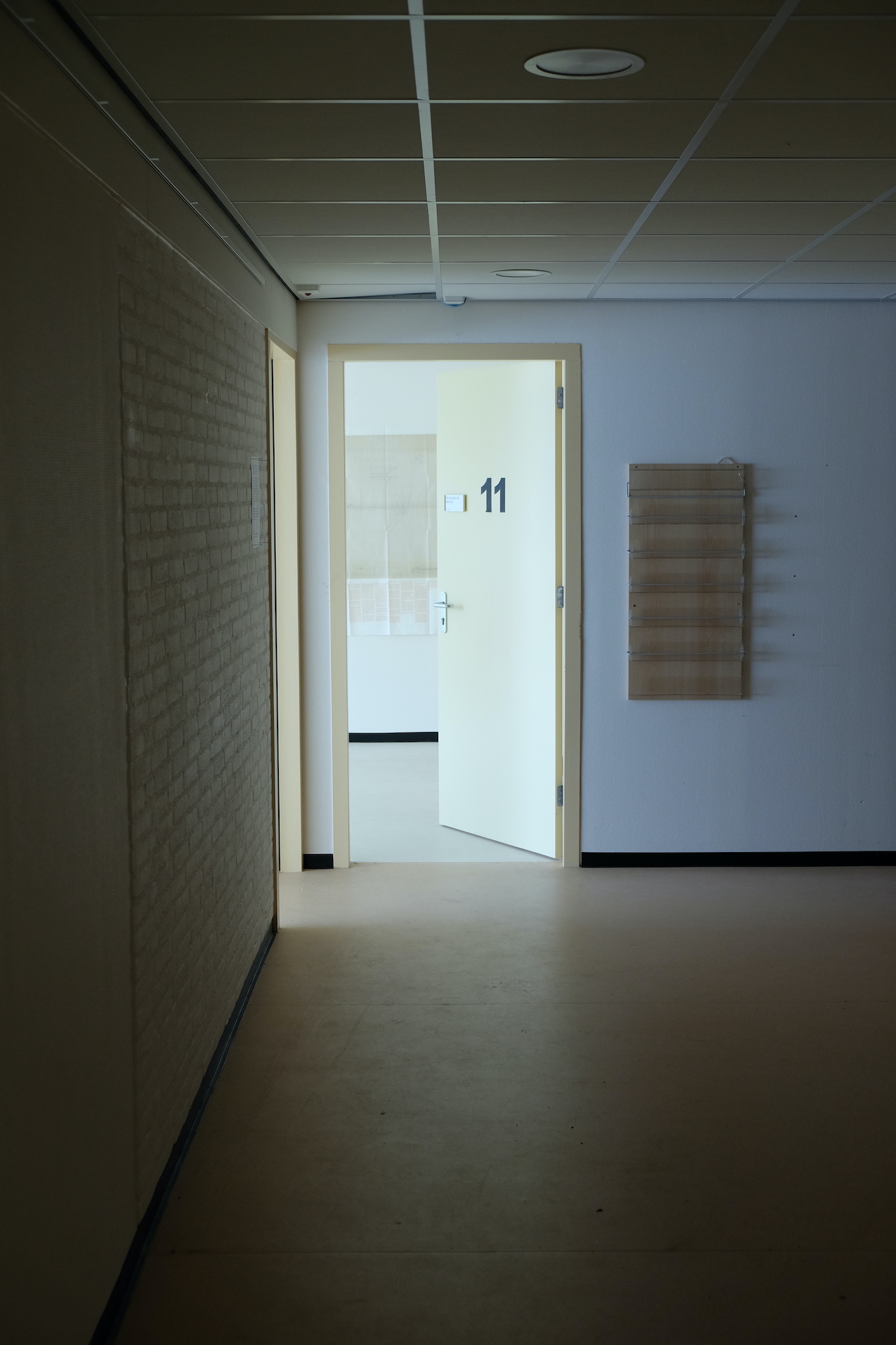
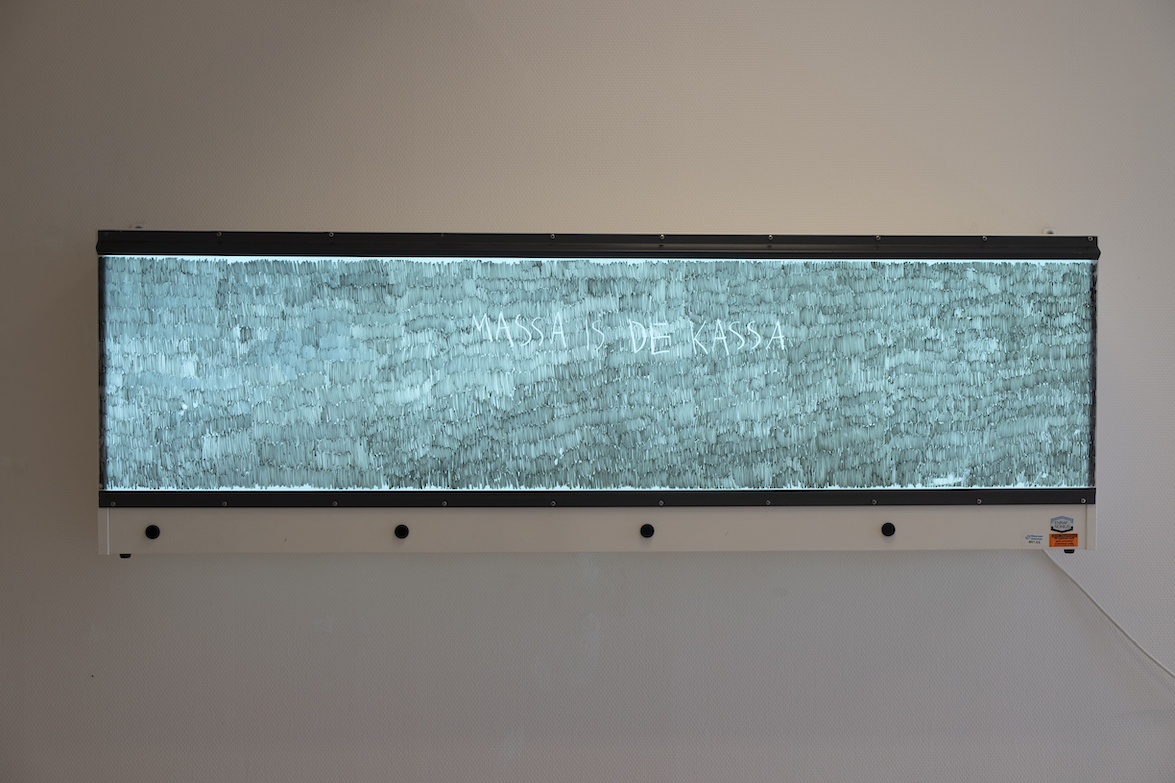


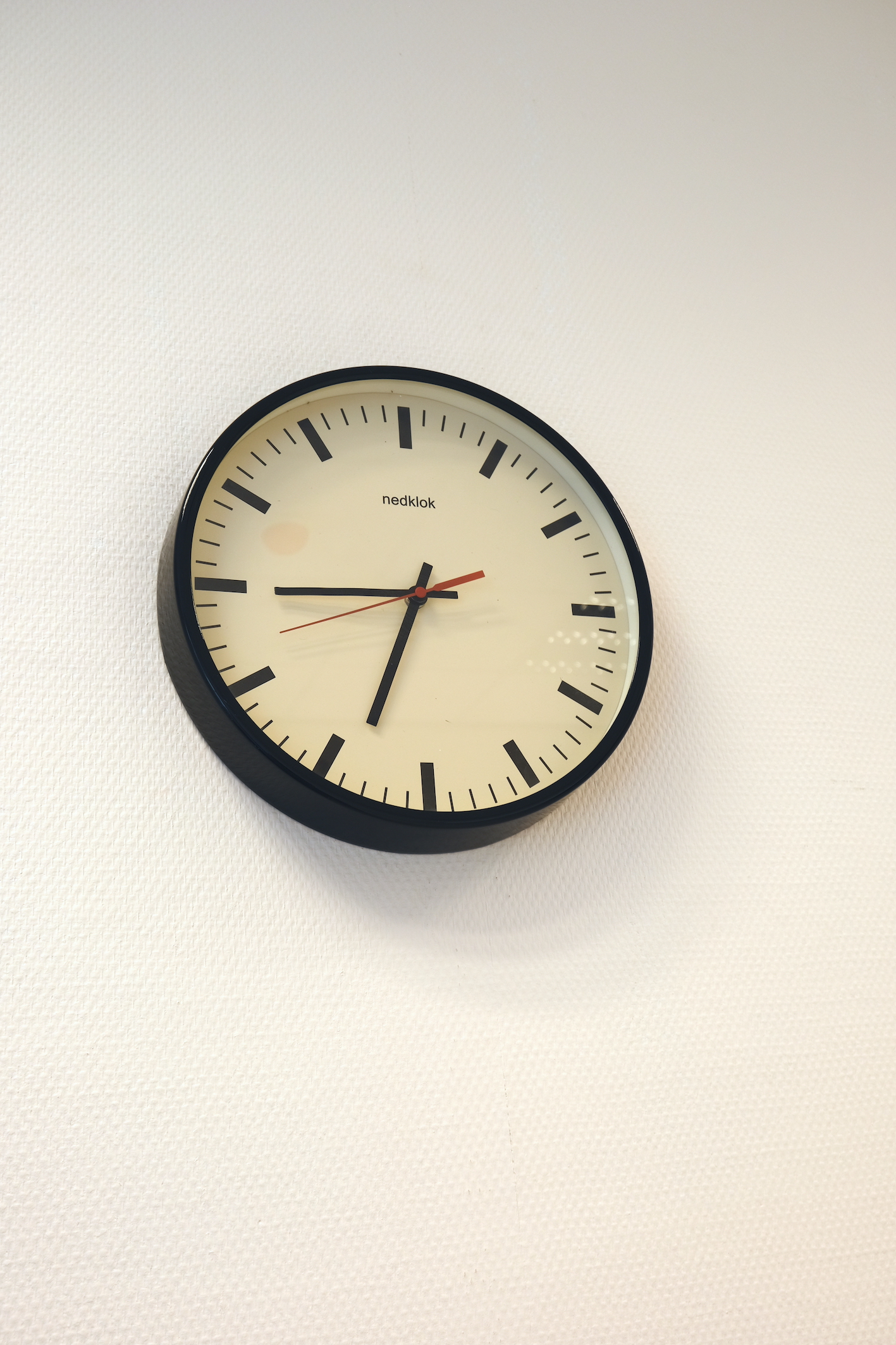 _
_ 